IIFYM Total Beginners Guide To If It Fits Your Macros! Eat What You Love & Lose Weight?
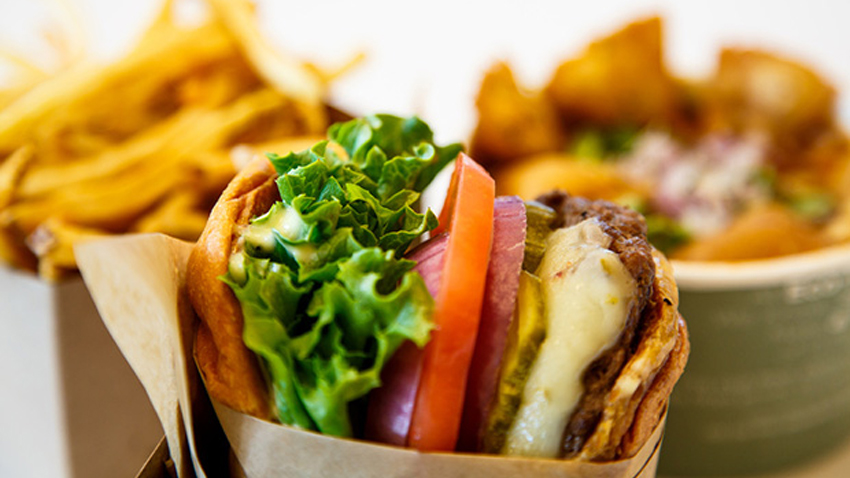
Trimmed&Toned Team.
Over the last couple of years, a diet with the catchiest of acronyms has taken the natural bodybuilding world by storm. If It Fits Your Macros (IIFYM)
What Is It?
IIFYM simply means eating a diet that meets your macronutrient needs.
To break it down and start from the beginning, macronutrients are the three main food groups – proteins, carbohydrates and fats. Each macronutrient has its own role to play, and is needed in different quantities depending on your goals, metabolism, training history, and many other factors.
IIFYM eating flies in the face of conventional dieting, and the notion that anyone who wants to get in shape has to eat a stringent diet, composed of a limited number of so-called “clean foods,” needs to eat at precise times throughout the day, must have certain types of food pre and post workout, and that any deviation from this strict structure is breaking the rules of dieting.
The idea of IIFYM is simple – you eat whatever foods you like the fill your allotment of proteins, carbs and fats.
Check Out Mike Samuels Latest Article For Us On ‘The Fallacy Of Cheat Meals’ Which Gives A More In Depth Look At The IIFYM Philosophy:
The Fallacy Of The Cheat Meal – Why You Shouldn’t ‘Cheat’ & What To Do Instead!
So I Can Eat Whatever I Like And Get In Shape?
On the face it may seem that way, but actually it’s far from it.
There are several issues in thinking this:
1. If you’re cutting, and have a macronutrient intake of 250 grams of protein, 150 grams of carbs and 75 grams of fat, good luck filling your macros with poptarts, chips, burgers and fries. To get that much protein while restricting carbs and fat, you’re still going to have to rely on a lot of bodybuilding staples – lean meat, fish, dairy products, oats, potatoes and veggies, etc. Sure, if you have room to fit the odd junk food snack into your day, by all means go for it, but don’t kid yourself you can spend all day eating whatever you please.
2. Staunch proponents of IIFYM dieting are also serious about food quality. Dieters will set a minimum fiber intake (usually around 20-25g for women and 30-35g for men) which will necessitate lots of vegetables, pulses, fruits and minimal processed sugar.
3. If you do get all your calories from junk, you’ll probably feel pretty damn lousy – definitely not what you want before a heavy squat session.
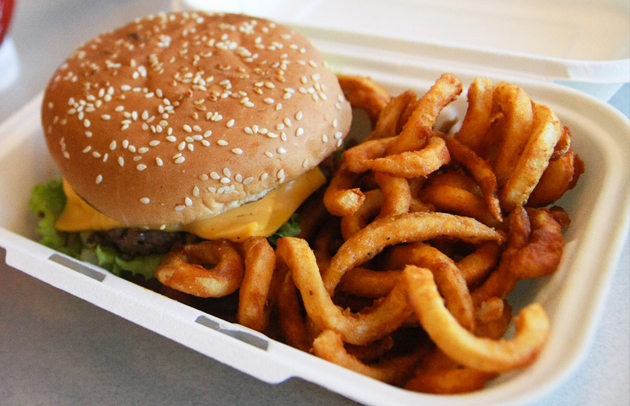
What Is The Idea Then?
The idea is that your diet is far, far more flexible from those you might have seen advertised in “Big Biceps Weekly” magazine. You needn’t worry about sticking to only quote-un-quote clean foods, eating every two hours, or forcing egg whites and spinach down your throat just because your diet plan says so.
You still eat good, wholesome, nutrient-dense foods, but you have a lot more leeway in the process. Don’t fancy eating breakfast? Then don’t worry, just hit your macros by eating bigger meals the rest of the day. Going out for a meal at a burger joint? That’s fine – you’ll probably use up your whole day’s carb and fat allowance with the bun and fries, but you can compensate by relying on chicken, lean beef, protein shakes and non-starchy vegetables for the rest of the day. You might not want to do this every day of the week, but once in a while it’s no biggie.
Hate the taste of brown rice, wholemeal bread and sweet potatoes? No problem – eat the white varieties and just add in extra vegetables, beans or a fiber supplement to make sure you’re getting in enough of the good stuff.
“Clean Eating vs Macro Counting”
Your classic clean eating diet would look something like this…
‘Classic’ Meal Plan
Meal 1: 8 egg whites, 1 cup of oatmeal.
Meal 2: 6 oz chicken breast, 1 cup brown rice, mixed side salad.
Meal 3: (Pre-Workout) 1 scoop whey protein powder, 1 cup oatmeal.
Meal 4: (Post-Workout) 2 scoops protein/carb recovery drink.
Meal 5: 6oz extra lean beef, green beans, 1 oz mixed nuts.
Meal 6: 6oz salmon fillet, broccoli, 1 tablespoon olive oil.
Meal 7: 1 scoop casein protein powder, 1 tablespoon natural peanut butter.
Pretty boring, right? In total, this comes to around 230g protein, 200g carbs, 80g fat and 2440 calories. But boy, do those food choices suck? And what about the hassle of eating so frequently?
Instead of following such a dull, regimented approach, you could go the IIFYM route. Remember, your macros should be the same, but you can vary the food choices as you please. This could be any day – say you’re eating out over lunch, and fancy grabbing something in Subway for the sake of convenience.
‘IIFYM’ Style Meal Plan
Meal 1: 500g low-fat Greek yogurt with 1 cup of fiber cereal, 1 oz of nuts and an apple.
Meal 2: Lunch at Subway – footlong turkey sub on oat bread, with double meat, cheese and unlimited salad, plus a diet coke.
Meal 3: (post workout) 2 scoops whey protein, small tub of low fat ice cream or frozen yogurt.
Meal 4: Homemade lean beef burgers with 2 slices cheddar, a slice of bacon, avocado and a wholewheat bun, plus a huge mixed salad.
This diet also comes out to the same macros as your typical “clean foods” menu plan. Both will get the same results, but what sounds tastier?
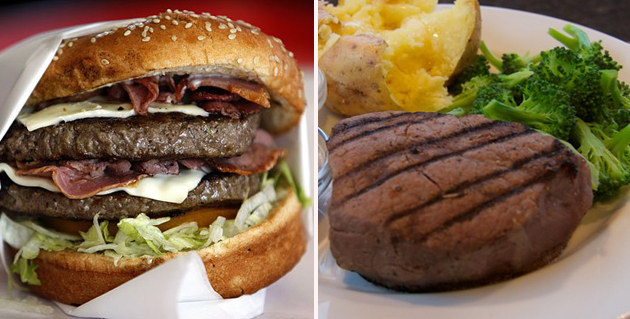
How Do I Work Out My Macros?
There are loads of ways you can do this, but the easiest way is to use a BMR calculator (Which you can find HERE) then factor in your activity levels. (Which you can do HERE)
After using the Harris Benedict equation to find your TDEE (total daily energy expenditure) you can either subtract 300-500 from this if you’re looking to shed fat, or add 300-500 for muscle gain.
As a basic rule, shoot for 1 gram of protein per pound of bodyweight. After that, the rest is up to you. Generally, if you’re naturally leaner or looking to bulk up, get the majority of your remaining calories from carbs. If you tend to carry more fat, have a slow metabolism or want to lean down, then go for a slightly higher fat intake and lower the carbs. That’s about it – it doesn’t get much simpler.
Great, And Then What?
From here, it’s just a case of tracking what you eat using a calorie counting site or app. These are incredibly easy to use once you get to grips with them. Play around to find what foods you can use to meet your macronutrient needs.
The macros aren’t set in stone either – weigh yourself once a week and take progress measurements and photos once a month to see how you’re progressing.
Tweak the total calorie intake and your macronutrient ratios to find what gets you the best results, and enjoy the freedom that flexible dieting and IIFYM offer.
AUTHOR: Mike Samuels is a personal trainer, writer and online coach based in Southampton, UK. Get in touch with him at www.healthylivingheavylifting.com and on facebook: HealthyLivingHeavyLifting
Trimmed&Toned Team.

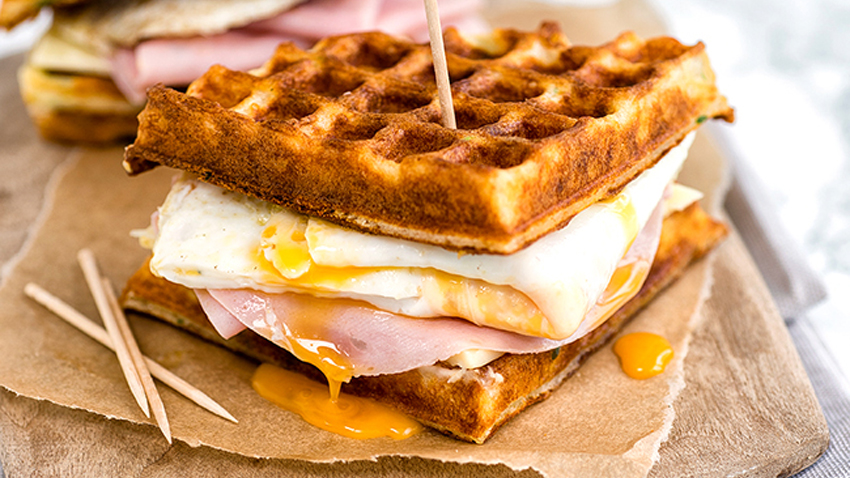
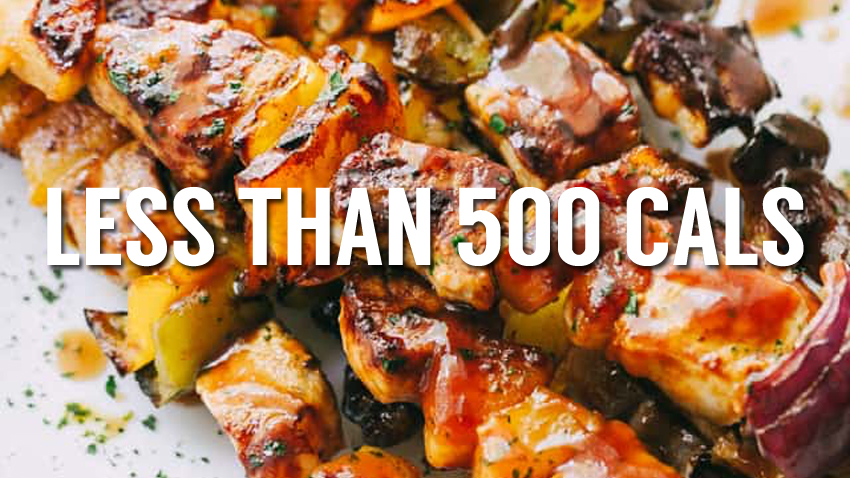
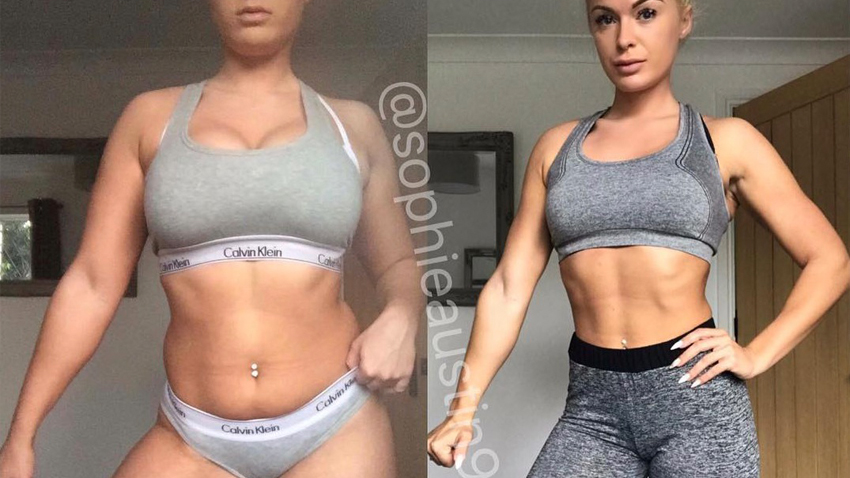
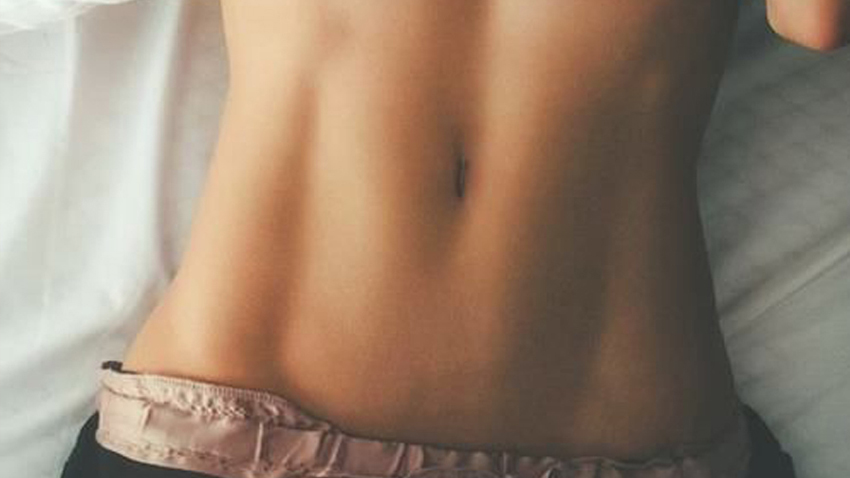
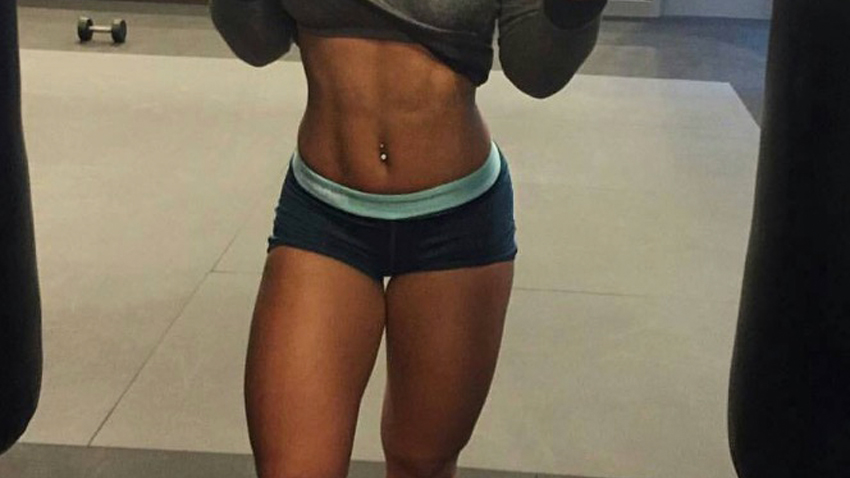
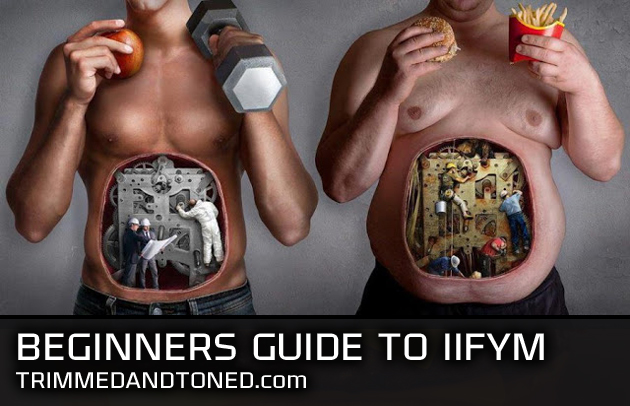
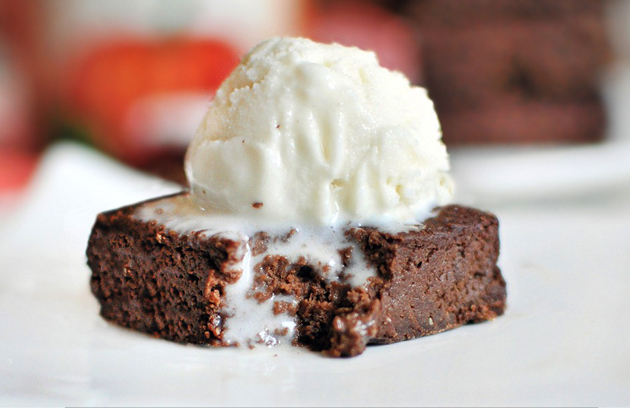

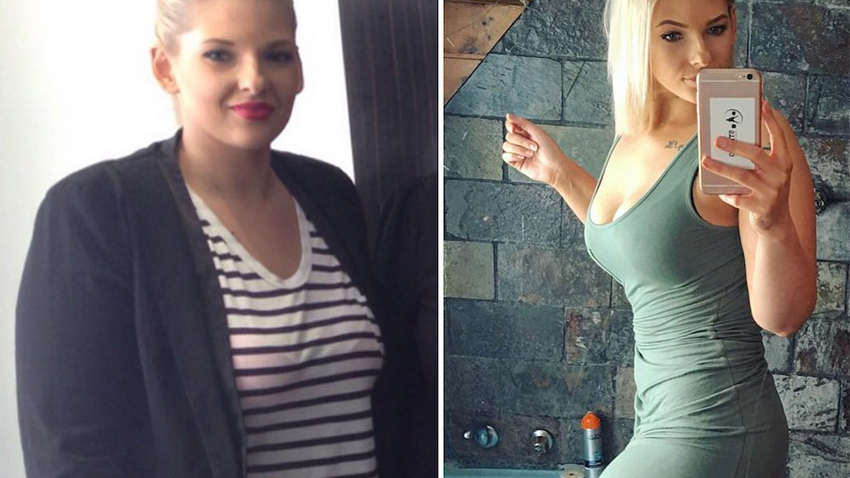
First time I have seen this and took some things into consideration until I seen Soda on a meal plan….. yep all creditability lost
Hi Bee, thanks for taking the time to reply and read this article! Obviously soda isn’t the ideal choice of drink in terms of fitness and this article isn’t saying that it is. It is stating that if a person wanted to enjoy a diet soda (or a regular soda) at a meal with friends or another social occasion, then it isn’t the end of the world. It is not recommended that you do this everyday and if you feel soda has no place in your diet then you can simply swap it with water. It is just showing that people can have more variety in their diet than they think and still achieve amazing results and you don’t need to totally restrict all your options. The IIFYM principle is about making smart choices, eating healthy, nutrient rich food and on occasion if you can make it work with your targets, enjoy some of the food that most people would normally consider ‘cheating’.
I dink a few diet sodas a week and stay around 10% all year. I’m not sure I see the problem.
And even if you were to keep things flexible I’d drink a regular soda before a diet. But then again I don’t drink pop because that stuffs terrible for you.
if you think having diet soda on iifym diet is worthy to discredit an entire diet…well then do you even understand what iifym is? do you understand how that would fit in the macronutrient counting? smh
Learning about IIFYM from a jiu-jitsu teammate. Protein levels seem hard to reach consistently, even with a double scoop of whey (40g worth of protein). Any advice?
Hi Dave!
Thanks for the reply! It really depends on how much protein you are looking to get into your diet. Some people recommend a 1g of protein per pound of lean bodyweight, others suggest taking in much more. It is up to you to find out what works for you and to find out when you are seeing the best results with what level of protein. In terms of getting more protein in your diet, like you said, whey protein is a great option. Try and make sure to have a a protein with every meal you have. If you start off the day with a low protein meal and lunch, then it can be hard to fit it all in later in the day. Foods like chicken, tuna, pork, steak, egg whites, whey etc are all high in protein and can help you hit your protein macros. If you use an app like myfitnesspal or dailyburn, you can play around with what foods you like and these apps will tell you your macros and you can work up a diet that works for you and hits your macro goals.
Hope this helps! Thanks!
Hi,
I just started dabbling into IIFYM and I was wondering what to do when I’ve met my Macros but not my calorie intake?
Hi Kay!
Your macronutrient numbers/goals and your calorie number are directly related, meaning, if you hit your macronutrient numbers you will also hit your calorie number. If these two aren’t related (two different results) then either your macro numbers are wrong or your calorie total is wrong. A gram of protein and carbs are 4 calories and a gram of fat is worth 9 calories. Work this out with your macro targets and see what number you get. This is the total amount of calories you are taking in. You may need to readjust your calorie limit or macros.
Let us know if you need any further detail and we’ll be happy to email you!
Thanks!
I am just confused at like how to get the whole food selection started. Do I just read the grams of the carbs in let’s say some bread, and look up the grams of protein in a sandwich, etc, even condiments, to make sure it all adds up? Is there a website or place I can go to get meal plan based on my micros? any info you have would help! 🙂
Hi Brittany!
Thanks for the great question! Yeah, basically, the best thing to get started would probably be to download a food tracking app such as ‘myfitnesspal’ or ‘dailyburn tracker’, this makes the process a whole lot simpler. These are free apps and you sign up and then you have an account where you can track everything you eat. They have a huge database of foods (complete with all calories and macros) So for example, say you want to start off your day with a glass of orange juice, 3 eggs and two pieces of toast. You type these into the app, and it will measure and track all the numbers for you. These apps also allow you to set programs and numbers that you want to hit, so it will tell you how many more calories, protein, carbs and fats that you need to hit to make your targets for the day. If you like to prepare ahead, you can play around with the app and enter in all that you would like to eat for the next day, that way you can see what the numbers come out as. If you find you are over calories, you can scale back some of the portion sizes. If you aren’t getting enough protein, you could add in a shake or a chicken breast. Here is another great site: http://www.eatthismuch.com/ Which is maybe what you where asking for with the site that can customise a meal plan for you based on your macros. You simply follow the instructions and change your macros as you need and it will generate a plan. You could combine these two and this will give you maximum flexibility and choice. Have fun with it and it will be that much easier to follow! Any other questions or problems, please feel free to ask here and we will help you out! Thanks a lot!
I think Bee missed the point of flexible dieting…
I thought this was extremely credible, clear to the point . Nice article 🙂
Great article. I am looking to start IIFYM approach as I think it will fit my lifestyle a lot better then “eat every two hours ” plans. One concern I have is that when calculating my macros, it puts me almost at 2000 calorie diet ( man’s calorie intake). My BMR is 1550 and I workout 4-5 times a week, intensely and 2 days of low impact cardio. I think the proposed numbers just scare me because they seem so much higher then 1200 calories we are lead to believe is needed. Any advice?
Eat the 2000 calories that is recommended and track it for a week or two. Then adjust accordingly.
Since your working out so intensely then it is probably more accurate than the 1500 you were led to believe. Also, if your daily activity level has you being lightly to moderately active then you would need a bit more calories then. You can just use the 2000 calorie amount for now and give yourself a week or two to adjust. If you feel it’s not working for you then adjust the numbers. That appears to be the beauty of this approach to nutritional eating, being flexible and not following anything to rigidly.
Excellent article. Getting started with IIFYM seems very overwhelming to me for whatever reason. This article summarized it perfectly. Thank you.
Someone at my gym has suggested I use the iifym to lose weight. I have 5 stone to lose and have been on low fat diets such as slimming world with little sustainable success tbh but looking at the iifym and nutrition in general I was probably having nearly all my cals in carbs 🙂
This article was very helpful I have just used an iifym calculator on another website and inputted the macros, cals onto the mfp app and today is my first day, looking forward to being in control of my nutrition and seeing results.
Hey there – I am overweight and so I’m embarking on a life style change. I have been looking at my macros and calories and I think I’m getting it totally wrong… according to my BMR/TDEE Values I need 2600Kcals to stay my current weight, I have been eating approximately 1600 and hitting my macros everyday for 4 weeks yet no difference… Am I missing a factor? I know my TDEE cant be far out because I’ve been making my work outs… any thoughts?
You’re doing it wrong. You’re either overestimating your TDEE or your over eating. You pick.
There could be a few different reasons or a combination:
1) Eating too little: If you need 2600kcal to maintain, and you’re eating 1600kcal a day, it sounds like you’re cutting a bit too hard, especially if you’re trying to do intense activity. Aim for a deficit of 500kcal / day to start.
2) Your macros aren’t working for you: If you’re not eating the right macro balance for your activities and goals, you will not see the changes you want. Google search ideas for changing macros (rippedbody.jp is a great source of no BS, basic information and strategies).
3) Focusing on weight rather than body composition: At the end of the day, your primary goal is not to lose weight, it’s to lose fat. Eventually, your muscle gains under a cut will stop, and then your weight will plummet as you continue to burn off fat. The reason I suggested starting a cut at a 500kcal deficit is that there is a limit to how much fat you can burn in a given day. You want to create an energy deficit of around that amount. Too much more, and you will also lose muscle, despite lifting. You really shouldn’t care about weight at all- you should care about waist and other body measurements. Get a cheap tape measure and record your measurements every week or two. THIS is how you know if you are effectively losing fat or not, not by looking at the scale.
4) You are not training effectively: are you focusing mostly on progressive overload weight training? Are you lifting with proper form, with a proper intensity and volume? If not, you will not be most effectively losing fat while maintaining muscle. YOU NEED TO STIMULATE YOUR MUSCLES. Cardio can be a carb/energy sink, but that’s all it should be used for (from a body composition standpoint).
5) Too much alcohol: don’t forget, alcohol has 7kcal / g, and I don’t believe is factored into calorie counts on beers, though i might be wrong. Also, from what I could find in research, alcohol IS used for energy in your body, but by a very different mechanism than normal digestion, which may have other affects on fat loss. consider giving up alcohol and smoking weed instead ;D
6) Not enough sleep / recovery: It’s really critical that you’re getting good sleep. If you’re not (and many, many people don’t), then you’d do well to consider this a great concern and try to address it. A few suggestions:
a) cut way back on caffeine, eventually try to eliminate it. if you have it, do it in the morning only, and try to get it from less powerful sources (if you drink energy drinks, switch to coffee. Drink coffee, try tea or diet soda). you WILL be more tired at first, possibly have withdrawals, but stick with it. drink tons of water, eventually your old tastes and addictions will fade, and you’ll start to feel way better.
b) be more aware of how your brain works. there are chemical mechanisms that govern your sense of tiredness. research shows that blue light suppresses melatonin production. buy a cheap pair of blue light blocking glasses, wear them when you’re home after the sun goes down.
As you mentioned, you are striving for a lifestyle change. To effectively do that, you need to change habits, and you need to address any underlying issues. If you feel terrible all the time, hard to get motivated, and always fail no matter how strong your intentions are at first, go get screened for depression. if you have other issues, go get help. new healthcare laws force insurers to cover mental health. If you have some issue with mental health, you need to address that first before you will be effective.
DON’T FORGET: IIFYM is a strategy that focuses on changing body composition, not necessarily health. Where you get your macros from and how effectively you train will determine your overall health.
Great article, I’ve been using My Fitness Pal to test this out and I still find it really hard to hit my macros accurately so I’m off to check out Eatthismuch.com and see if it would help. Wouldn’t it be great if MFP could suggest meals for you based on what you’ve got ‘left in the bank’ 😉
A good article, explains more than most others, but after years of totally failing to reach any sort of goal at all I’m still a bit sceptical.
I have been losing weight following iifym and tracking with MFP. I have lost over 45 lbs. in 3 months and it has been so easy. The loss rate is a bit high and I am still tweaking my caloric intake to adjust. It is so easy and flexible that anyone wanting to lose weight should look no further.
I really want to give IIFYM a try however I know that it will be hard for me to stay consistent with weighing all of my food. Do you weigh your food or do you simply use MFP? The simpler the better. Welcoming responses from anyone willing.
What I try to do is choose a few staple recipes, do the work of counting the ingredients once (using MFP usually), and just remake them over and over. If you get tired of eating this stuff, then do the work of counting a few more recipes and add them to the mix. If possible, do a bunch of prep all at once. Process your veggies all at once, pre mix things and freeze/refrigerate when you can, use your slow cooker a lot, etc. Also, if you’re lacking good food/freezer storage containers, or really any other essential kitchen items, just pull the trigger to spend the money on investing in what you need so you can be effective.
So I just started IIFYM and I’m having trouble keeping my fats low and carbs high. I hit my protein but I’m not used to so many carbs (I’m really skinny and trying to gain mass). I also don’t know how to factor in food when I eat out – how do I find the nutrition info?
Any advice for this newbie?
Thanks 🙂 Loved the article by the way!
Great article. I am currently adjusting my diet and considering doing an IIFYM. I found this cool calculator to get my base macros. http://coolfitnesscalculator.com/
Do you count sugar as a carb? I find that when I don’t hit my goal macros for the day its because I’ve consumer to much sugar
THANK YOU. For this article. Dear God. You killed both the bro science arguments. 1)that you just eat whatever you want with flexible dieting and 2) no successful fitness professionals use it and look amazing {enter Amber} I love this. This really helped me have the confidence to take the step and try flexible dieting. and for the first time in years I am on no unnatural supplements. Eating 2100 calories a day (average female competitor allowance is max 1400) and just loving life and finally able to stick to a diet. My weight went down for the first time since my show. I was about to throw in the towel. So thanks guys keep it up! This is the intelligent take the industry needed.
very interested in this but honestly am a little intimidated too .. I have tried everything- paleo, counting calories, low carb, etc. For the past two years especially, nothing seems to work for me. I have gained 25# over the past two years due to menopause. I needed to lose at least 20# before that gain.. (big sigh!) I workout ( Les Mills body pump type classes), walk/jog and occasional pilates 3-5 days a week. (I have done crossfit in that 2 year weight gain time; I am currently on a hiatus since January) I do feel discouraged because it seems no matter what I do nothing works. I am not looking for a quick fix, just want to feel like myself again. I used the links you guys recommend and it has me eating 1703 calories to lose weight.. That seems high??? Any input???? Thanks!
What happens if I get to the end of my day, haven’t hit my macros correctly but am on my goal of 500 calories under my TDEE? Today I didn’t hit my protein and fats, went over my carbs. Yes, that’s bad, I know. However, will I still lose weight since I’m 500 under my TDEE?
I am 17 years old, 5’6 around 125 and what you would call “skinny”. However, I would like to become fit! I play volleyball and have practice 5 days a week for around 2 hours. What would you suggest for my macro portions and calories?
Hi, thank you so much for this imformative post!! I’m an 22-year-old Asian female who’s trying to gain lean muscles. I am 5’3 and weigh 100lbs, but my bodyfat percentage is 25%:( I’ve been using myfitnesspal for a few days and my usual ratio is carbs50% protein30% fat20%. I try to exercise about three times a week, mostly with weights and no cardio. Will this ratio work for me? Thank you so much again:)
I just started IIFYM and am excited but I am really restricting myself to go to restaurants and eat because I have no idea what the macros and calories are! Can anyone help or have any suggestions? Much appreciated!